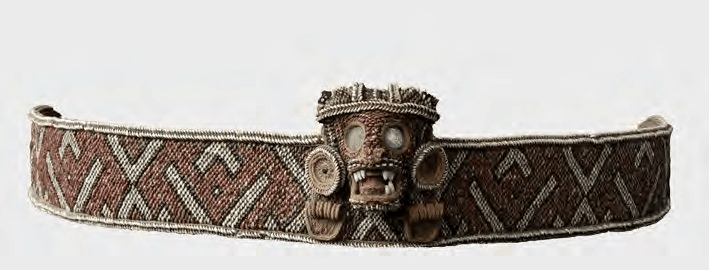Bernardo Vega's Los cacicazgos de la Hispaniola raises a number of important questions about the political and geographic map of the island in late precolonial times. Arguing against the traditional narrative of Haiti and the Dominican Republic in which there were 5 cacicazgos, with borders conceived of or based on those described by Oviedo and Las Casas, Vega believes it is better to rely on the map of Andres Morales and the writings of Pedro Martyr. Although Las Casas first came to Hispaniola before Morales, who drew his map in 1508, he did not actually write in detail about the cacicazgos of the island until several decades later, when his advanced age led to errors. Oviedo, the other chronicler heavily relied upon for the history of the Taino cacicazgos and the idea of the 5 principal ones being Higuey, Marien, Magua, Maguana and Xaragua, however, came to the island in 1514 and was therefore only present several years after the Spanish conquest. Morales, on the other hand, was on the island during the time of Ovando and had traveled across the island. With his personal travels across Haiti, Morales was more likely to have accurately recorded the territorial divisions and geographical features that were used by the native population. Pedro Martyr, who relied on the map of Morales and interviews with him and other Spaniards who traveled to Hispaniola in the early days of the Spanish conquest, was able to transcribe Morales's information into the map and record for posterity the major provinces of the island. These five provinces included Bainoa, a large province which covered most of modern Haiti and included the Xaragua cacicazgo.
It is possible that, despite the lapses in the memory of Las Casas and the fact that the writings of his and those of Oviedo postdate the earlier work of Pedro Martyr, the traditional idea of the 5 paramount caciques whose territory did not align perfectly with that described in the map of Morales may be at least partially accurate. If the provinces described by Morales and Martyr, with their natural borders based on rivers, mountains, and other geographic provinces are not exact matches with the 5 dominant cacicazgos described by the other chroniclers, this may reflect a different interpretation by the natives of the island's political and territorial maps. Of course, we lack evidence for this, but we find it unlikely that the cacicazgos described by Las Casas and Oviedo as the dominant ones, did not have some large degree of territorial control which fluctuated over time and was not necessarily based on the borders and divisions of the provinces. Furthermore, the indigenous cosmology and view of the island's geography as described by Pedro Martyr suggests a magico-religious interpretation that may not have been meant to indicate the political divisions of cacicazgos. For example, if the far west of the island was the anus of an island conceived as a living being, with a cave considered to be the origin of the island's first people, perhaps there were other types of religious symbolism in the other provinces like Bainoa or Cayabo.
In spite of our own reservations about Vega's conclusions, his use of the map of Morales plus that of other 16th century maps and surviving toponyms of Taino origin in Haiti and the Dominican Republic is rather impressive. His success in identifying about 90 percent of the places indicated in the map of Morales certainly fleshes out our understanding of the island's geography and indigenous toponyms. For example, Vega's theory of Xaragua's capital being located in the area of Port-au-Prince, probably directly north of Kenscoff, is intriguing. The river they relied upon for their irrigation canals, Camin (or Cami) identified as rio Blanco is certainly useful information for those interested in pursuing the specific history of Xaragua. Some of Vega's conclusions about the ciguayos is also worthy of consideration, although we find it highly unlikely that Caonabo was a Ciguayo. Furthermore, we find the notion of a cave-dwelling or primitive population of foragers in the far west of Haiti to be less likely, since we know the Indian population that fled from the Spaniards to live in the mountains subsisted on roots, hunting, and food sources available in areas far away from Spanish control. While there could have been an archaic, pre-farming population in the southwestern corner of Haiti in the late precolonial era, it seems more likely that the area was populated by agriculturalists. In addition, ciguayos who preyed upon inhabitants in the plains near their mountainous abode, where they were ruled by Mayobanex, emerge from Vega's analysis as an intriguing and distinct indigenous population of the island. Whether or not the archers encountered by Columbus at the Golfo de los flecheros is an unresolved question, but Vega's idea of a Carib temporary residence there is plausible. Indeed, such a case seems to have been present in nearby Puerto Rico.


No comments:
Post a Comment